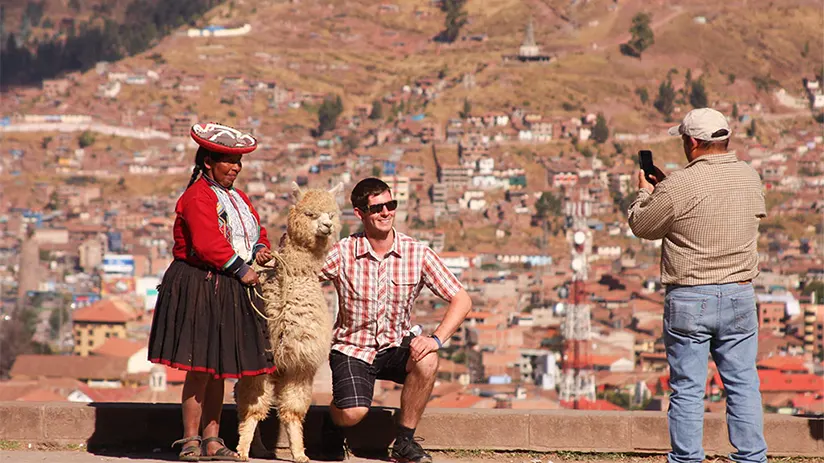Peru hosts unique wonders for all tastes. From Nazca Lines and tropical beaches on its coasts. Passing by the Andes, its imposing Inca archaeological rests, including Titicaca Lake, Colca Canyon, and Machu Picchu. To the Amazon with its pristine natural parks like Manu, Tambopata, or Pacaya Samiria.
Not matter what is the best time to visit Peru, the country has everything for everyone. Every year, the number of visitors to the Andean country increases but the question remains the same. Is Peru safe to travel to?
Well, we are pleased to inform you that yes! This 2024 Peru is a safe country to travel, alone, as a couple, with family or friends.
The tourism industry experienced rapid growth Post-Pandemic. In addition, serious, formal travel companies and tours strengthen it with formal services and facilities of the highest quality. If you still have questions, the Machu Travel Peru team has made a list of them.
The answers will help us address your main concerns about safety in Peru. Join us at!
Some of the most common questions about security in Peru
- What happened in Peru?
- Are there many social protests in Peru?
- What are the most dangerous zones in Peru?
- Are there any restrictions on traveling to Peru?
- Is Cusco safe?
- Is Lima safe?
- Is Peru friendly to the US citizen or another traveler?
- Is Machu Picchu open?
- Women traveling in Peru
- What precautions should I take when traveling alone?
1. What happened in Peru?
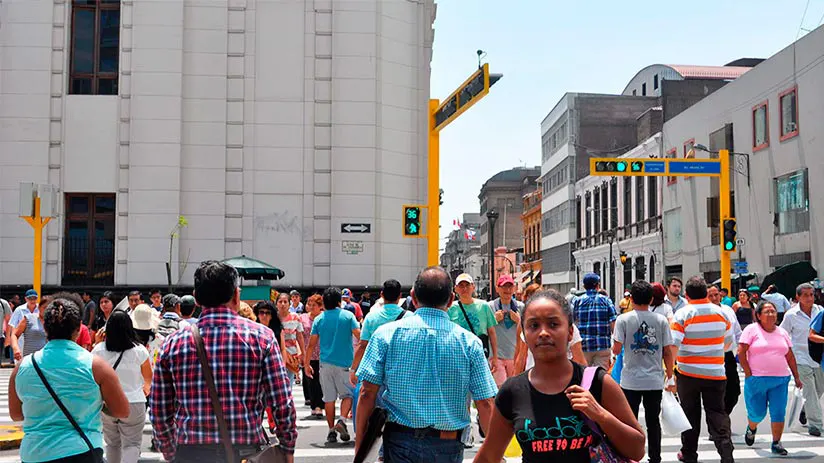
Peru is a very safe country. However, the outbreak of social upheaval started in December 2022. When President Pedro Castillo led a self-coup d’état. He closed the nation’s congress and gained all the power for himself.
Immediately after his capture by the Peruvian army, the forces restored the democratic order of the country. Vice-president Dina Boluarte occupied the position of president until today. During these events, social protests occurred in Lima and other areas. These protests were due to Castillo’s supporters being unhappy with his imprisonment.
The supporters saw themselves reflected in him. Since Pedro Castillo comes from a humble condition in the Andes. His supporters are also humble. So, they used this situation to protest against the mistreatment they faced from the capital’s elite.
Lack of basic services, lack of connectivity, and a paralyzed economy, among others.
These social protests generated blockades on highways, airports, and main roads connecting the country. But these did not last long. The leftist social groups that backed Pedro offered money to the poorest people to join the protests. This incentive decreased over the months, and so did the protests.
Today, there is no more civil unrest and Peru is safe for tourists right now.
2. Are there many social protests in Peru?
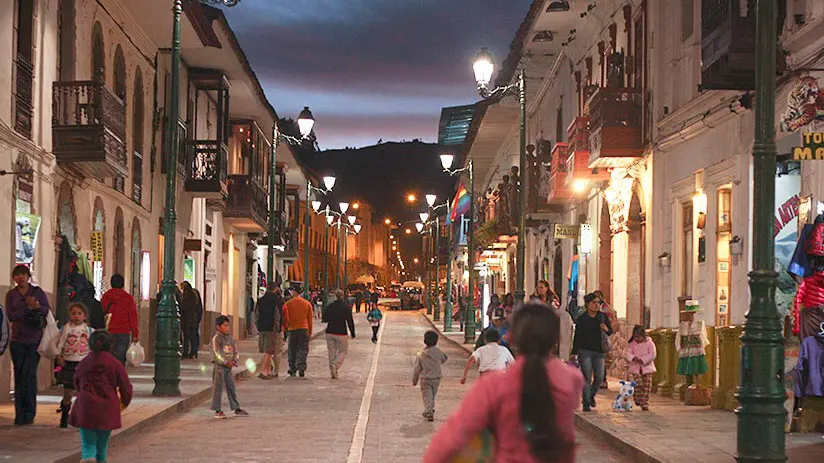
Happily not. There are not many social protests in Peru, so the government guarantees safety and security in the country. Moreover, cities with huge tourist flows have low crime rates.
The current government is also trying to do more to meet the people’s social and economic needs. As a consequence, the widespread protests are highly unlikely to reoccur.
3. What are the most dangerous zones in Peru?
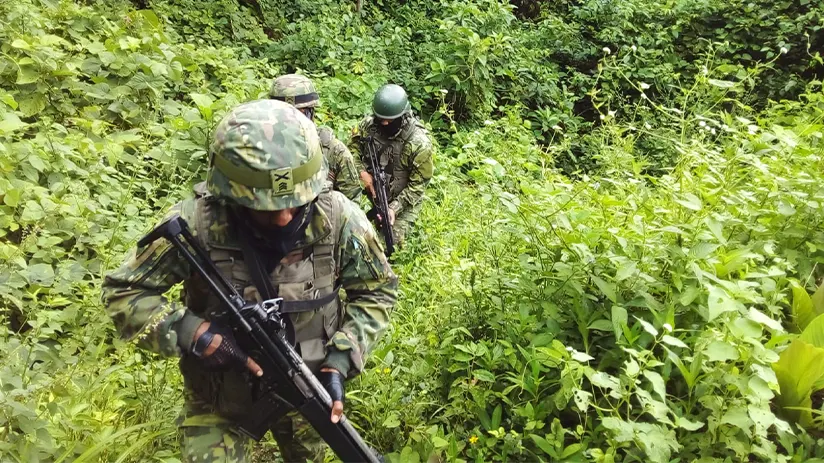
As we said before, the oountry is a safe country. Travel around Peru is possible. But, there are some areas that are advisable not to visit. Many of them are suspected of drug trafficking and violent crime.
However, all these areas are thousands of kilometers away from major cities, with zero tourist interest.
- Huallaga and Tocache provinces are in the San Martin department.
- Alto Huallaga and Ene valleys in the departments of Huanuco and San Martin.
- Provinces of Padre Abad in the department of Ucayali.
- Provinces of Huacaybamba, Humalíes, Leoncio Prado, and Marañón in the department of Huánuco.
- Provinces of Concepción and Satipo in the department of Junin.
- Province of Tayacaja in the department of Huancavelica.
- Districts of Abancay, Andahuaylas, and Chincheros in the department of Apurimac.
- Provinces of Huanta and La Mar, in the department of Ayacucho.
- Apurimac, Ene and Mantaro River Valley (VRAEM).
There are also land borders with Colombia and Ecuador that are dangerous for the following reasons:
- Avoid unnecessary trips within 20 kilometers of the Colombian border. This area is dangerous due to drug trafficking. The area also turned violent for occasional movements of Colombian rebel forces to Peruvian territory.
- Because of the danger from landmines, avoid unnecessary trips within 20 kilometers of the Ecuadorian border. This is especially important in the Cordillera del Cóndor area.
In tourist cities, areas away from tourist spots can be dangerous. It is best not to walk in these places. Always move inside tourist areas, districts that host hotels and restaurants, and historic city centers.
4. Are there any restrictions on traveling to Peru?
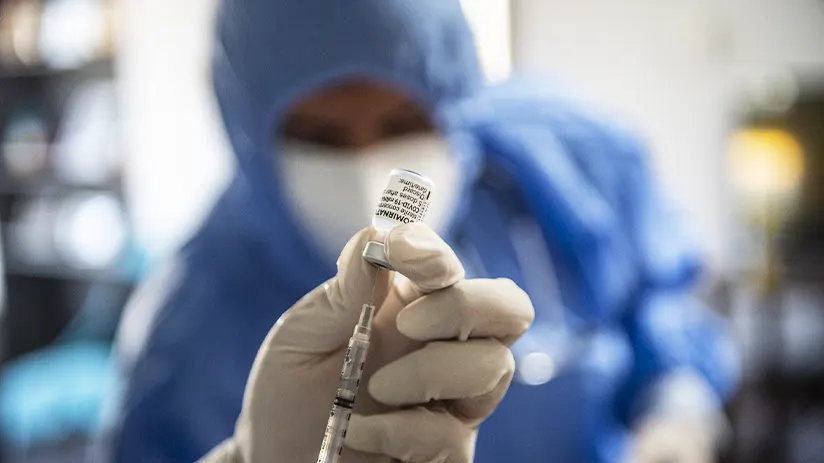
According to the information in the Travel Advisor section of the United States Department of State, there are no special requirements or specific vaccinations for Peru entrance. However, vaccination for the following diseases would be advisable to avoid health risks:
- Dengue
- Hepatitis A and B
- Malaria
- Rabies
- Tuberculosis
- Yellow fever
- Zika
- Typhoid
Reduce your risk of contracting these diseases by consulting with your family doctor about other health measures.
5. Is Cusco safe?
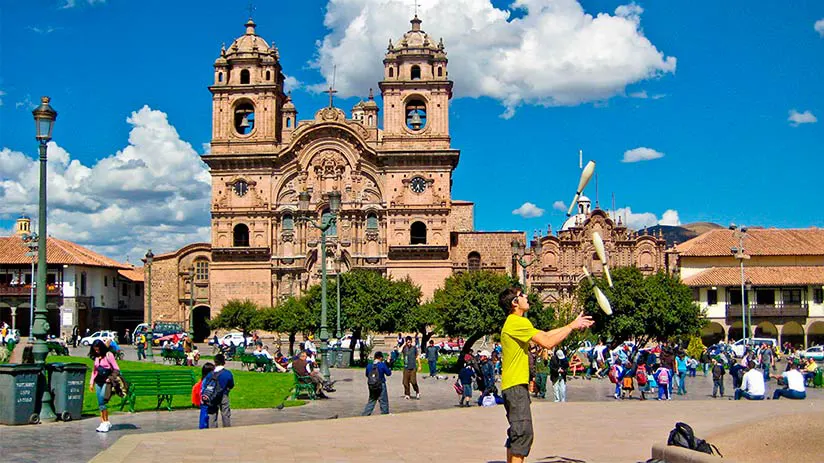
Cusco, being a tourist destination, has a high level of security for visitors and its inhabitants. One of the main pillars of a city’s tourist growth is the security it provides to its visitors. So, we can say that Cusco is one of the safest cities in Peru. But let’s see why Cusco is a safe destination.
- Tourist attractions. Almost all of Cusco can be visited. Therefore, you will see police officers and security cameras on every corner. In almost all of the city, including the historic center!
- Specialized police. There is a specialized police force: Policia de Turismo (Tourism police). They are trained to assist you in English and patrol the tourist areas.
6. Is Lima safe?
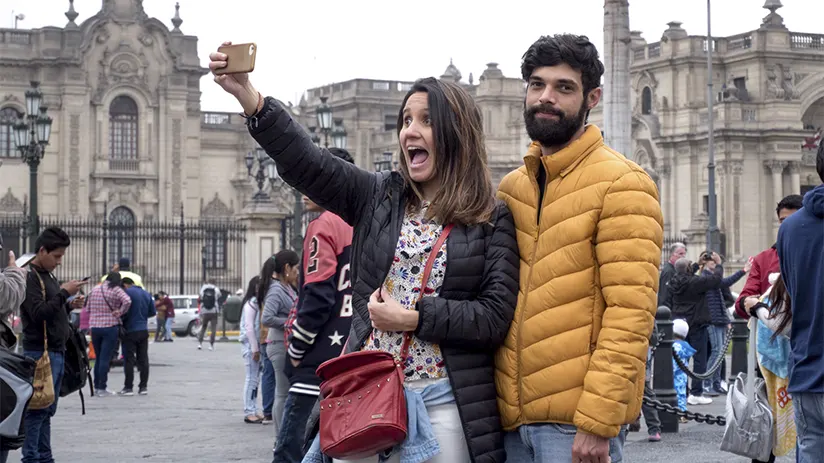
Lima, the capital of Peru, is a large city with 10 million inhabitants. Therefore, not all of Lima is touristy. Be careful when walking in areas without tourist attractions or facilities like hotels and restaurants.
Miraflores, San Isidro, Barranco, Surco, and La Molina are tourist districts with a good level of security. However, moving around other districts on your own can be dangerous. Always have the support of a travel tour operator on your trips to Peru. They will provide you with transportation and guidance; you’ll always be accompanied.
7. Is Peru friendly to the US citizen or another traveler?
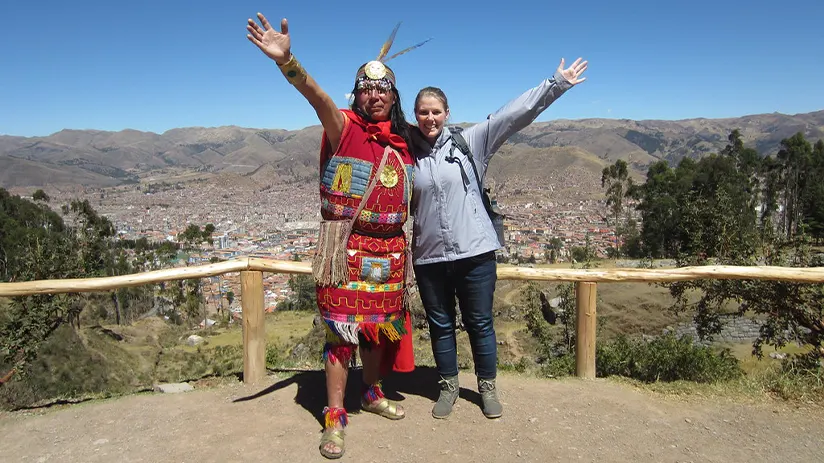
But, of course, it is. The US people are the second-largest visitors to Peru, only behind the Chile people. Peru doesn’t require Visa for American people, and the majority of US hotel trademarks are in Peru. We can mention Marriott, Holidays, and Hilton hotels, among others.
Peru is friendly to both American and international travelers. Tourism is the second largest foreign exchange earner in Peru. Therefore, family tours in Peru are increasing year after year.
Peruvians know this very well, and that is why they always have a good disposition toward tourists. They speak basic English and are always ready to help.
Every year, the US government releases a Country Status Profile. This helps you find out if your travel destination is safe. The American government even created a qualification:
- Level 1: Exercise normal precautions
- Level 2: Exercise increased cautions
- Level 3: Reconsider travel
- Level 4: Don’t travel
Peru is always in the level 1 range. In the most extreme case, it can go up to the second level. But this usually happens very rarely. In conclusion, US citizens and almost all visitors around the world can go with total tranquility to Peru.
8. Is Machu Picchu open?
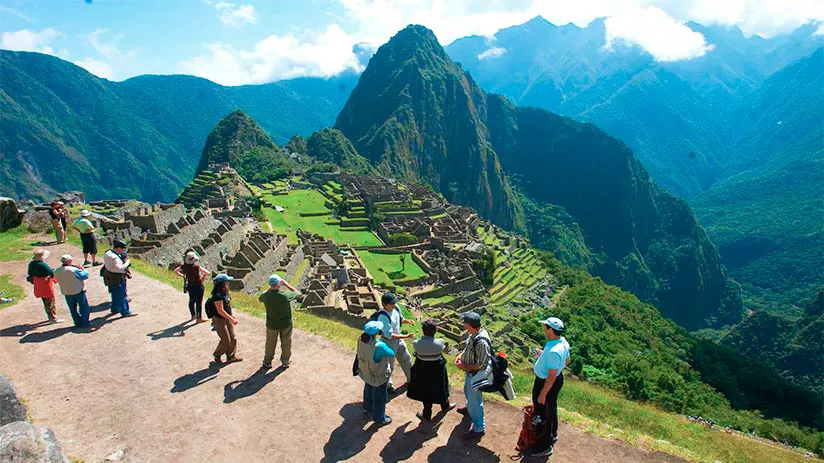
Machu Picchu, the main tourist attraction throughout Peru, is always open. The Peruvian security forces, such as the police, protect it very well.
In addition, sporadic social conflict occurs in politically relevant cities such as Lima, Cusco, or Arequipa. Happily, Machu Picchu is in the jungle in southern Peru, very far from him.
Natural disasters, like the Vilcanota River overflowing, can happen during the rainy season. This season runs from November to April. Such events can ruin the experience for visitors to Machu Picchu and Aguas Calientes. Since the Vilcanota pass very close to Machu Picchu mountain and Aguas Calientes.
For this reason, we recommend visiting Machu Picchu during the dry season (May to October).
9. Women traveling in Peru
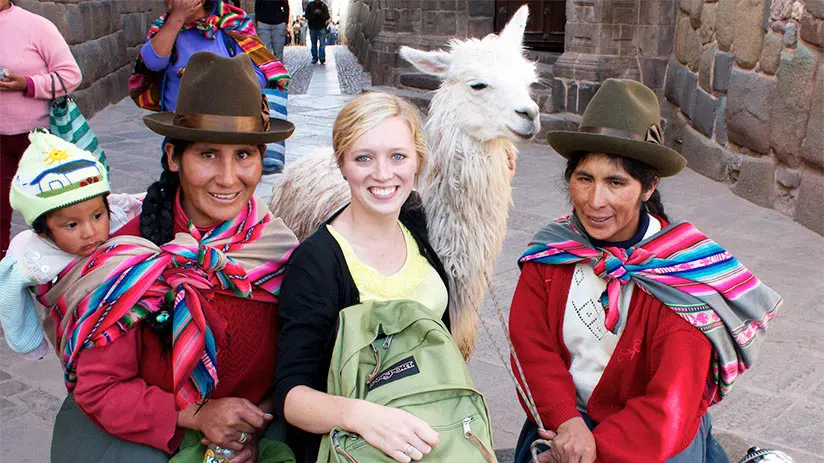
Traveling alone in Peru has become more common in recent years. Happily, the new Peruvian generations are more aware of women’s empowerment. In consequence, there are more facilities without prejudices in the majority of tourist establishments for solo female travelers. However, the following tips are not superfluous.
- Be aware of your surroundings. Try to stay in touristy and crowded places. Avoid walking in non-touristy areas.
- If you want to visit the nightlife of a city, always be in a group or accompanied. In case you decide to visit a tourist zone in the day, it is not a problem.
- Pay attention to your cup, beer, or drink when you are in a disco, bar, or pub. Please don’t take your eyes off him. There have been cases of doping in the drinks of the victim.
- Don’t use public transportation. Use only taxi apps or formal taxi companies, and always take a seat just behind the driver’s seat.
- If you feel disrespect towards yourself, don’t hesitate to contact a police officer. They are in most corners of tourist places and zones or go inside a market and stay there for a while.
10. What precautions should I take when traveling alone?
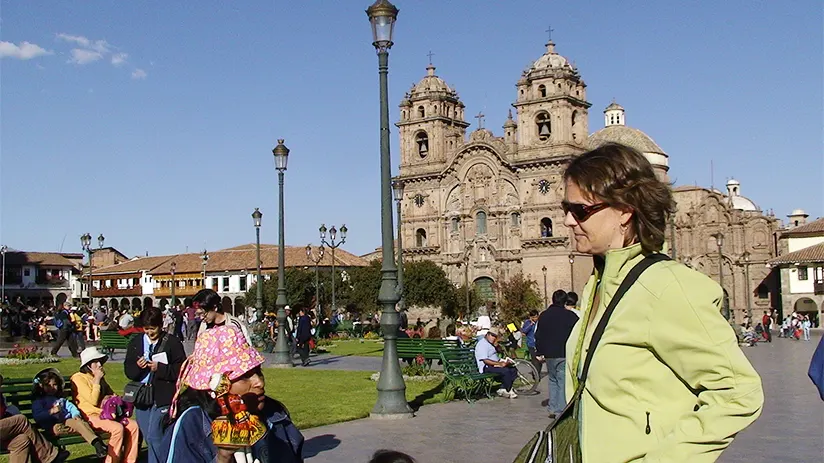
If you are traveling on your own, you will have to take other extra precautions. It might be a good idea to stick to the tourist route for your safety. There are many things to do in Peru, and many of these are on known, touristic and safe routes. Avoid walking in non-touristy areas.
- Avoid moving around uncrowded and nontouristic areas, moreover, late at night. In this form, you’ll prevent the street muggers and thieves.
- Avoid displaying your belongings often.
- There are many languages spoken in Peru, but 90% of Peruvians speak Spanish. So, you can learn some Spanish key phrases before coming to Peru, like “please “Por Favor”, “excuse me “Disculpe”, and others.
- Monitor local media before coming to Peru.
- Hiring SIM cards in Peru with good Internet data ensures you are always connected.
- Booking tours through formal tourist operators.
- Avoid public and informal transportation, and hire a taxi through apps.
- If possible, use credit or debit cards and always check the exchange rates of money and currency in Peru.
- Just in case, Peru no longer has terrorism.
“THE ONLY REAL SECURITY THAT A MAN CAN HAVE IN THIS WORLD IS A RESERVE OF KNOWLEDGE, EXPERIENCE, AND ABILITY”
Your safety is important and should be a priority at any party abroad. So take all precautions, and you will have a safe and happy vacation. But despite all this, don’t be alarmed; Peru is a great destination for your next family vacation.
The country is full of history and culture and has some of the best food you can eat anywhere in the world. A trip to Peru will live in your memory forever, and it will be one less to cross off your wish list.
We hope, together with Machu Travel Peru, to have been helpful. If you want to know more about our travel programs, you can consult with our team of advisers. What are you waiting for to book a trip to this fascinating South American country.
